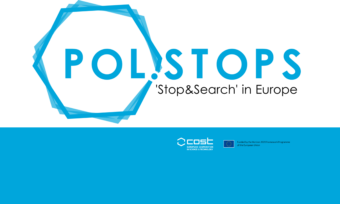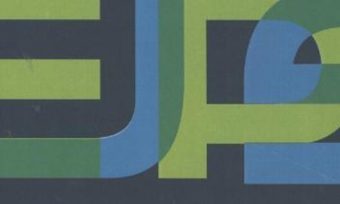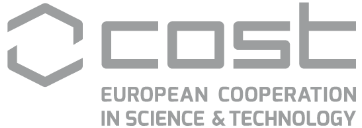Using data collected by the Richmond, Virginia Police Department, this article applies conflict theory to police traffic stop practices. In particular, it explores whether police traffic stop, search, and arrest practices differ according to racial or socioeconomic factors among neighborhoods. Three principal findings emanate from this research. First, the total number of stops by Richmond police was determined solely by the crime rate of the neighborhood. Second, the percentage of stops that resulted in a search was determined by the percentage of Black population. Third, when examining the percentage of stops that ended in an arrest/summons, the analyses suggest that both the percentage of Black population and the area crime rate served to decrease the percentage of police stops that ended in an arrest/summons. Implications for conflict theory and police decision-making are addressed.
Latest News
International conference POLICE STOPS ACROSS EUROPE (28 February 2023, The Hague, The Netherlands)
News
For more than four years, our EU COST funded network on Police Stops has been gathering information, hearing from experts…
Read moreWorkshop 'Registration of police stops and ethnicity and defining the police stop' 31 Aug - 2 Sept 2022
News
In line with our project’s ambition to share learning and explore the issue police stops across Europe, we are organising…
Read moreCfP European Journal of Policing Studies - Special Issue: The Dynamics of Police Stops
News
European Journal of Policing Studies Special Issue: The Dynamics of Police Stops Guest editors: Mike Rowe Sofie de Kimpe Vincenzo…
Read morePolstops Newsletter n4 (June 2022)
News
At last, we have been able to meet again. And we can now begin to identify what we have missed…
Read more




